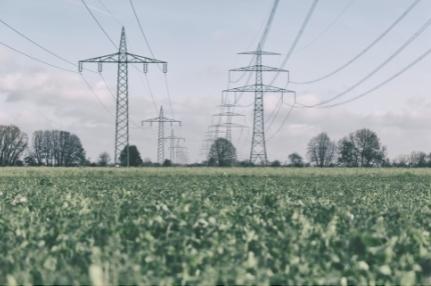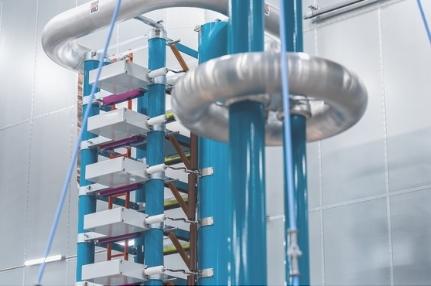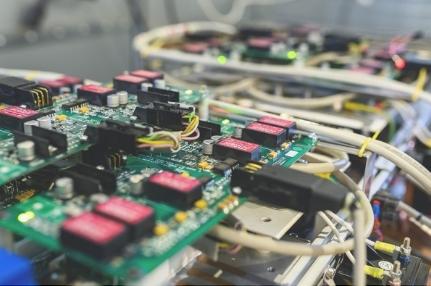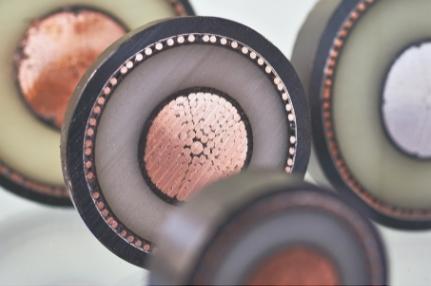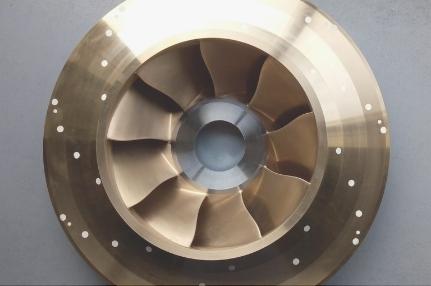Recherche & collaboration
Qu’est-ce qui nous rend unique ?
SuperGrid Institute doit son succès aux personnes qui composent nos différents départements de recherche. Nos équipes viennent d’horizons divers, tant industriels qu’universitaires, et la richesse de leur expérience et de leurs compétences rend l’Institut unique.
Chaque personne apporte une expertise spécifique et ce vivier de connaissances offre aux spécialistes de différents domaines la possibilité de collaborer sur des solutions innovantes pour résoudre des problèmes techniques.
L’Institut bénéficie d’étroites relations de collaboration avec des acteurs de l’industrie et des institutions académiques. Alors que les forces complémentaires de nos partenaires apportent des éclairages et des approches innovantes aux défis techniques, nous développons nos départements de recherche en toute indépendance. Des investissements conjoints publics-privés et des projets de collaboration financent le travail.
Les installations de recherche, les plateformes de test et les laboratoires de pointe de SuperGrid Institute sur les sites de Villeurbanne et de Grenoble sont la clé du succès de nos départements de recherche.

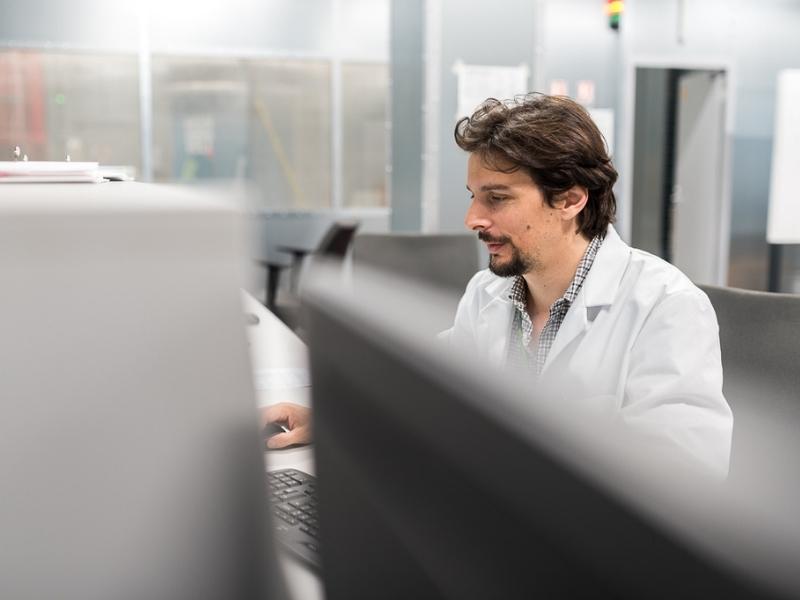
Nos dernières publications scientifiques
Convertisseurs DC-DC pour la connexion HVDC d’un parc éolien offshore
Les convertisseurs DC-DC haute tension sont de plus en plus reconnus comme étant les briques élémentaires des réseaux DC de demain.
Contrôle par Supervision des Réseaux HVDC Reconfigurables
Cet article étudie dans le cadre des SED le contrôle d’un réseau HVDC maillé composé de quatre stations de conversion.
Electrical and optical partial discharge assessment of dielectric barriers in mineral oil and synthetic ester
In this study, different barriers were tested in mineral oil and synthetic ester liquid.


